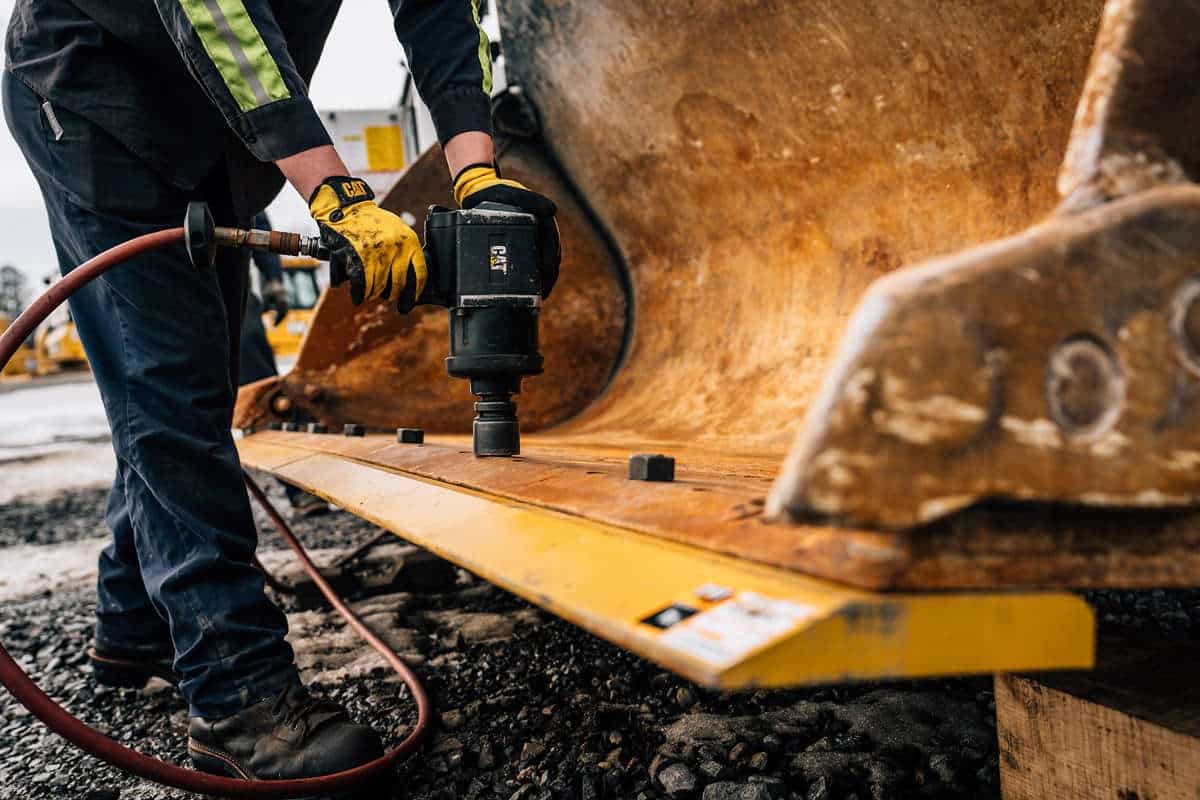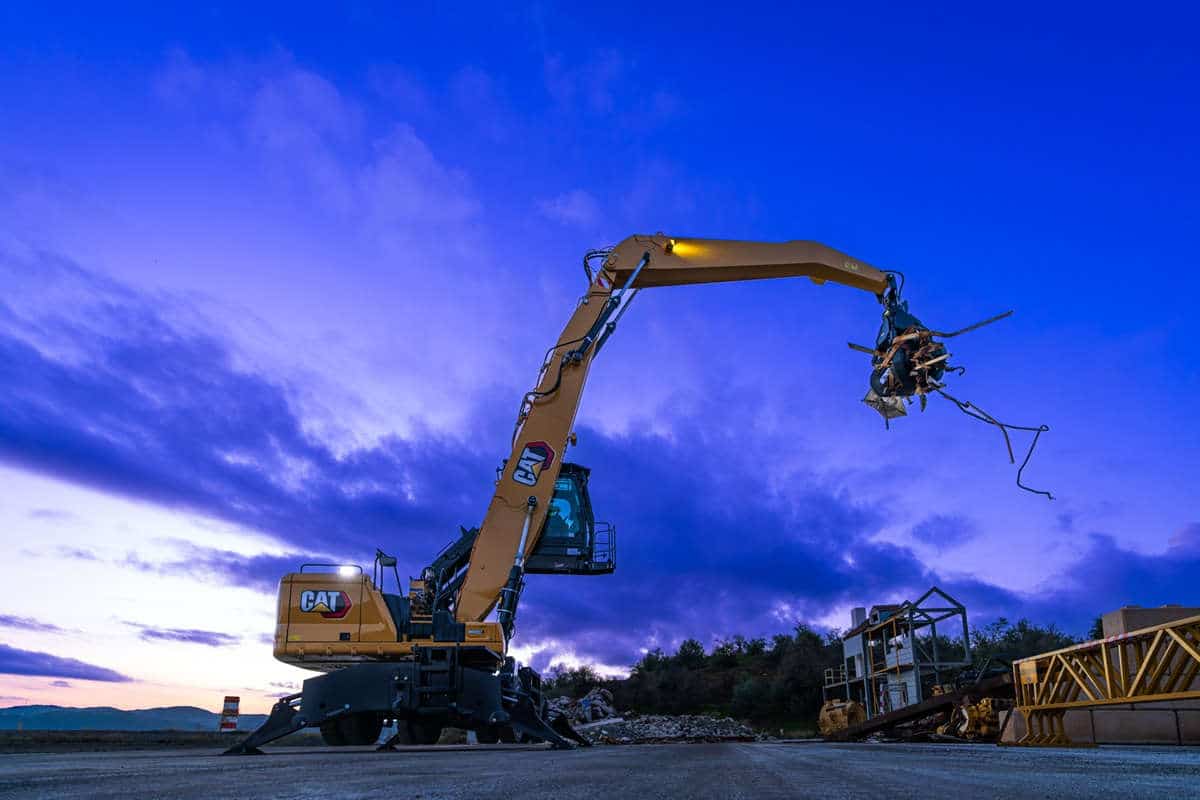Designed to Dig: Hitachi Excavators
The excavator has become a staple in the utility construction industry. From digging and backfilling to moving and placing pipe, it’s the go-to machine to get the job done. To pay homage to these hard-working pieces of iron and the companies that construct them, we’ve gathered the histories, product offerings and specs for the biggest names in the marketplace.
Over the next 11 pages, learn all about the most popular excavator manufacturers in North America from Case and Caterpillar to Komatsu and Volvo. Compare specs of different models or simply discover the beginnings of a brand you love. There are even insights and advice from industry insiders to aid in purchasing decisions and maintenance matters. So grab a drink, sit back and dig in.
Pam Kleineke is Managing Editor of Utility Contractor.
Hitachi
From Compact to Large, 12 Models Poised to Meet Customers’ Needs
Hitachi built its first hydraulic excavator — the UH03 — in 1965. Since then, more than 2.5 million excavators — from super-small compacts to mining-sized machines — have been sold across the world. By only focusing on excavators, Hitachi has always been able to concentrate exclusively on improving smoothness, precision, power and operator comfort. Loaded with numerous customer-driven enhancements, these excavators deliver productivity and durability, while keeping operating costs low.
Hitachi’s lineup consists of a vast selection of excavators. Whether your focus is landscaping, light residential, urban renewal or underground utilities, Hitachi’s excavators deliver efficiency, reliability and durability for your business. Hitachi’s field-proven technology is simple and efficient, employing cooled exhaust gas recirculation (EGR), a diesel oxidation catalyst and selective catalytic reduction. Diesel exhaust fluid is injected into the exhaust stream of the engine, runs through a catalyst and turns the NOx in the exhaust into harmless water vapor and nitrogen gas. The EGR is specifically tuned to further reduce NOx (compared to Tier 4 Interim) to meet new emissions standards with minimal use of DEF. Additionally, an improved piston design allows particulate matter to be burned in cylinder, so there’s no need for a diesel particulate filter.
Product Spotlight: ZX210LC-6
Designed for those working in the underground, road building, energy, commercial building and pipeline industries, the ZX210LC-6 delivers efficiency, reliability and durability. The excavator is equipped with a powerful Tier 4 Final Isuzu engine that provides operators with integrated, effective engine technologies and does not require a diesel particulate filter. Operators get the quiet, powerful performance that Hitachi is known for with the added bonus of cleaner operations.
Advice
According to Mark Wall, Product Marketing Manager for Hitachi Construction Machinery — Americas, there are several factors a contractor should consider when purchasing an excavator for utility work and they all boil down to this key question: Will the desired machine perform the job that needs to be done? “The machine needs to be sized correctly for the application where it is intended to work,” he says. “All excavators have multiple arm lengths available. Longer arms should be considered where deeper dig depths are required or the spoil pile location is further from the trench. Bucket sizing is also important in machine consideration. Larger buckets do not always lead to increased productivity, because larger buckets take longer to load and could slow the excavator cycle times. Larger buckets are also heavier and reduce lift capacities.”
Tags: Hitachi, January 2016 Print Issue






